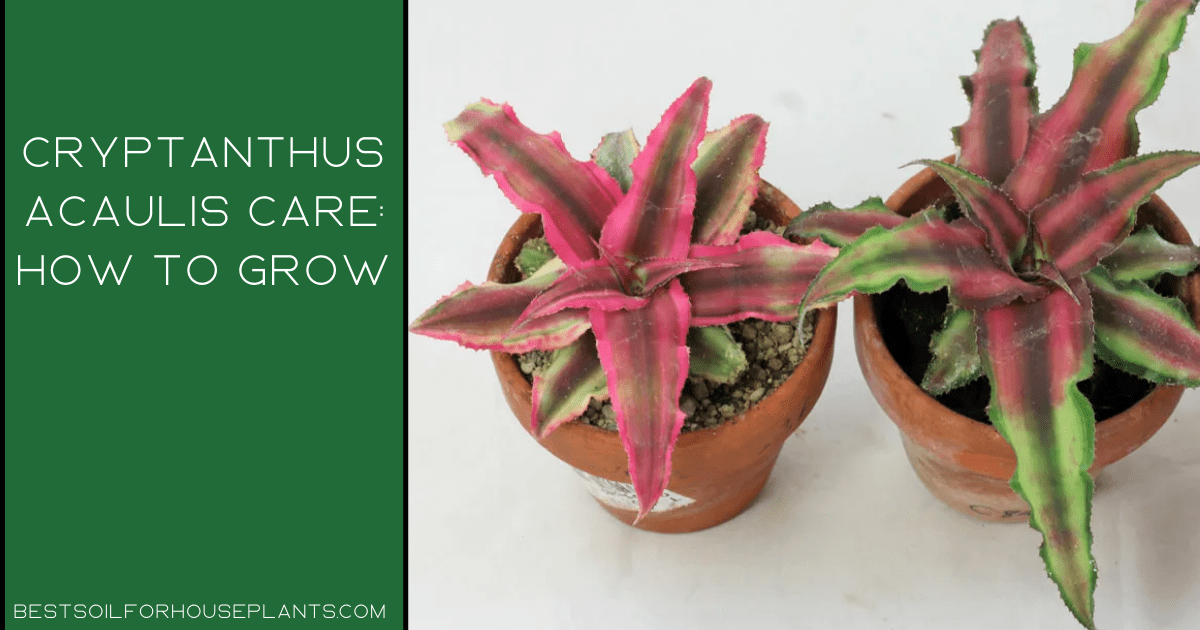Many gardeners and summer residents in the house can see a plant such as cryptanthus (Cryptanthus acaulis). The plant belongs to the bromeliad family (Bromeliaceae). It does not have a stem, and its elongated leaves are collected in a small flat rosette. Therefore, the plant also has the name “earth star”. In Europe and America, it can be found mainly at home, but in Brazil, it also grows in the natural environment. So how to care cryptanthus acaulis?
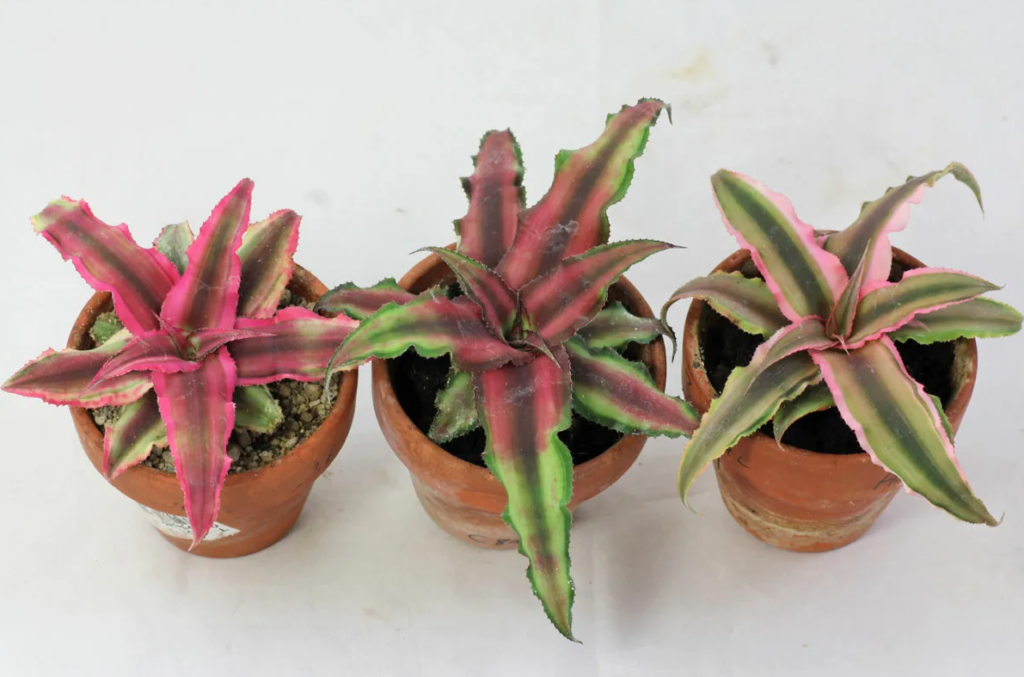
Quite long and wide at the base, the leaves become narrower towards the end. Often have wavy edges. The leaves are brown-red, white, green, pink, or yellow. At home, gardeners love to decorate their small indoor garden with plants with patterned or striped leaves.
Small inflorescences can be seen in a leaf rosette. When flowering ends, the mother plant dies. But you shouldn’t be upset. Since near it, you can see a lot of children (child side shoots). Cryptanthus acaulis differs from other varieties of this species in that it has well-developed shallow roots and needs regular nutrient soil. It also has the smallest and most powerful rosettes of leaves. For growing, you can use ordinary flower pots, since this flower is not capricious, although it requires high humidity.
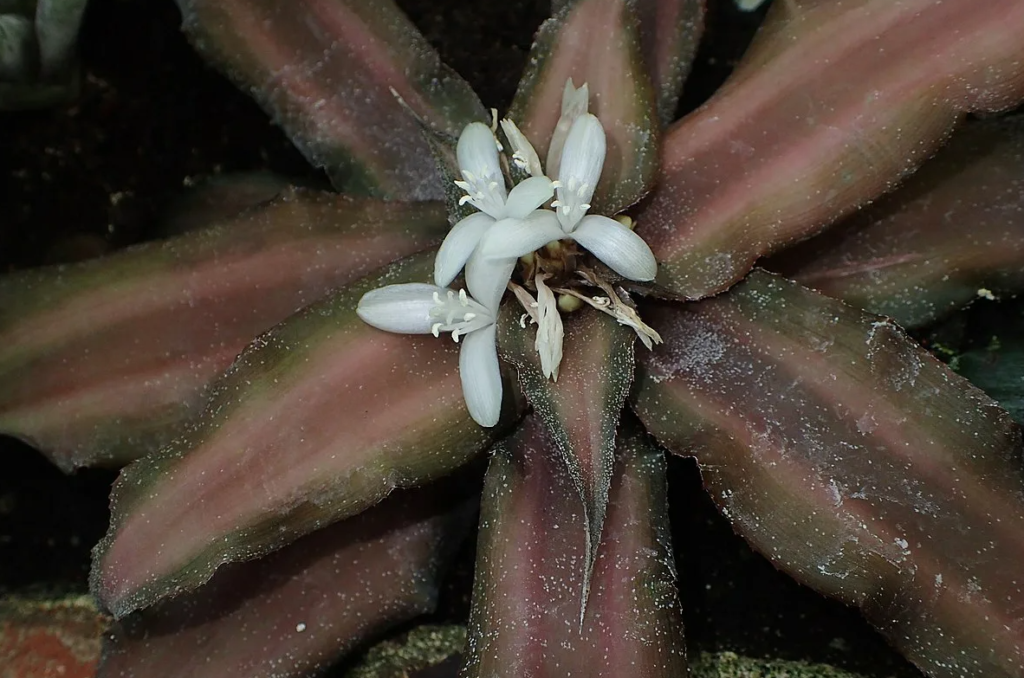
Is it possible to grow indoor as a houseplant?
Yes, it is grown indoors. This is the most popular species in growing at home. This earth star doesn`t have a stem, or it is very short. The pointed, narrow-lanceolate, leathery leaves have wavy edges. They can grow up to 20 cm. There are small sharp teeth on the edges of the leaves. Often on green attractive foliage, there are stripes of a lighter shade. There are varieties with green-pink leaves. Its flowers are white.
Such a plant at room conditions is recommended to be placed in a half-closed or closed glass container, for example, in a terrarium or florarium. They can also be supplemented with a miniature garden in a bottle, consisting of plants that love moisture.
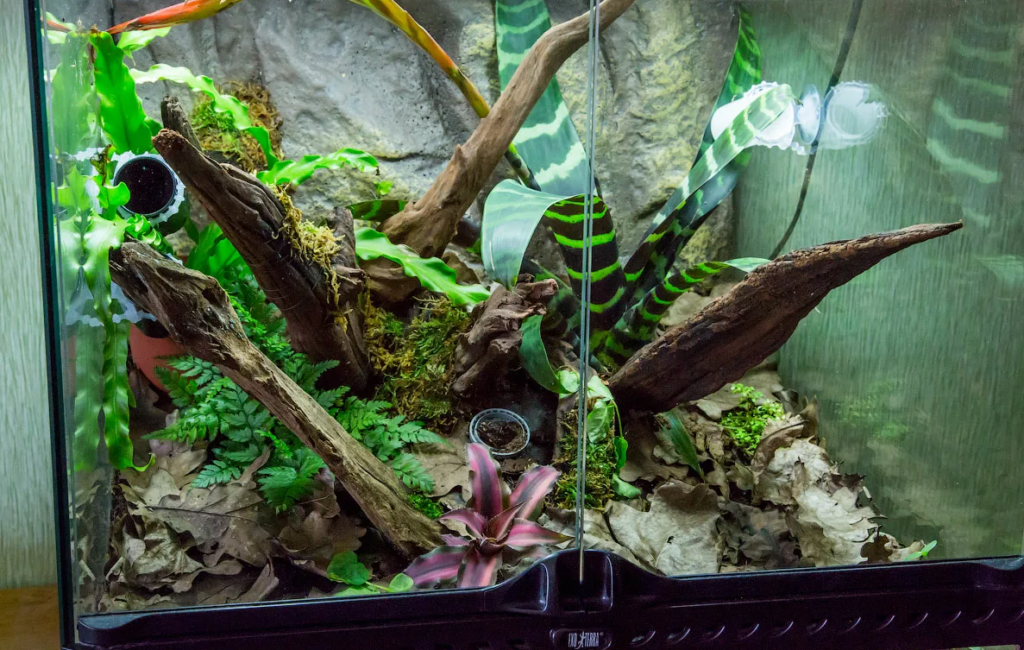
Is Cryptanthus a Succulent?
No, Cryptanthus is not a succulent. It`s a terrestrial bromeliad (a bromeliad that grows on the ground). Bromeliads are native to South American rainforests. Most grow in the crotches of tree limbs. But Cryptanthus acaulis sink their roots into the forest floor.
How to care cryptanthus acaulis?
Location and lighting
For growing at home, cryptanthus is suitable for any lighting, except for direct sunlight, which can burn the leaves. In the period of short daylight hours, it is necessary to create additional illumination for the plant with the help of fluorescent lamps. By the way, bright lighting helps to see an unusual pattern on the leaves of cryptanthus acaulis.
Temperature
Cryptantus acaulis feels favorably in a warm place at a temperature of 22-24°C in the summer and 18-20°C in the autumn and winter months. A decrease in temperature to 15°C and below can only withstand a flower for a short time, but this is not recommended. Temperature changes and drafts are undesirable for this herbaceous plant.
Air humidity
High humidity, which is created in a greenhouse or terrarium, is ideal for growing cryptanthus acaulis. High humidity, which is created in a greenhouse or terrarium, is ideal for growing starfish plant. This level of humidity can be maintained with the help of daily water procedures in the form of wet rubbing of the leafy part of the plant and abundant spraying from the sprayer.
As an additional measure, you can use a flower tray, which will be filled with wet expanded clay. The bottom should not touch the water. Insufficient air humidity can affect the appearance of the starfish plant – the tips of its leaves will gradually dry out. They need to be cut and the humidity level in the room raised.
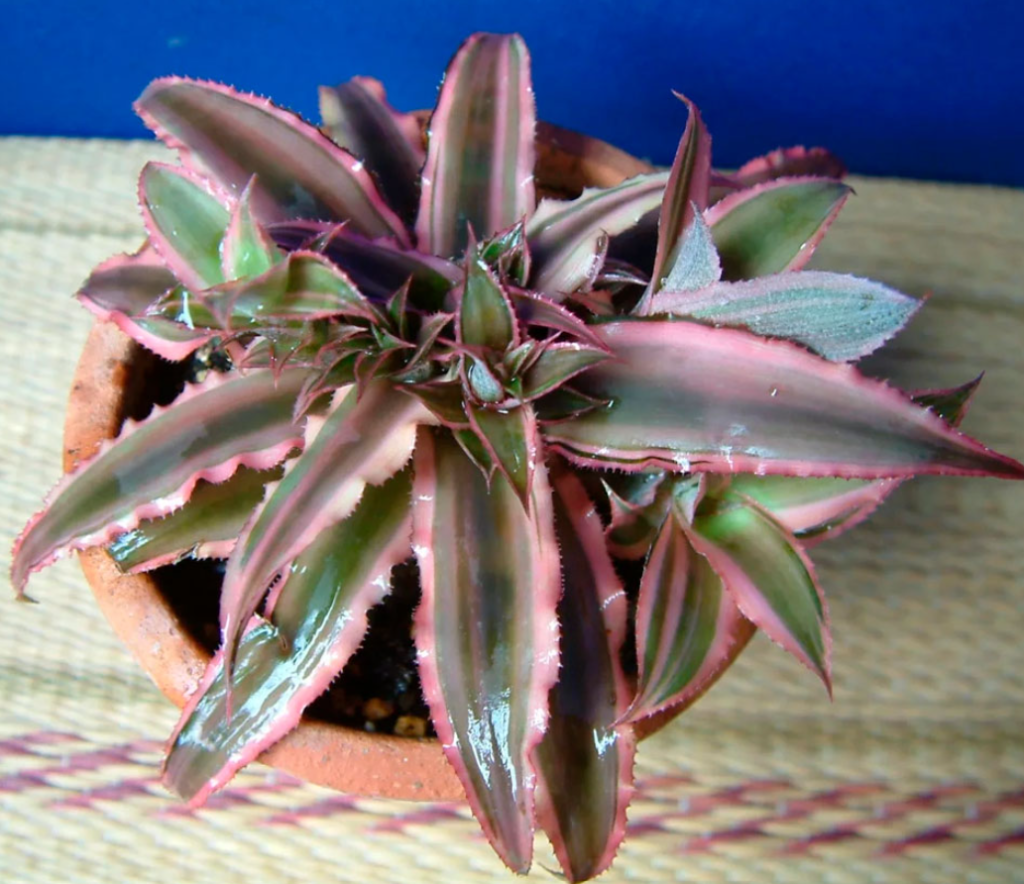
Watering
Watering the cryptanthus should be plentiful, but only after the topsoil has dried. From March to September, watering is carried out regularly and in large volumes, and the remaining months, the abundance of watering decreases significantly and is carried out only a couple of days after the topsoil has dried.
It is not recommended to allowing roots lightly moist or overdrying of the soil potting mix. It is necessary to moist soil the cryptanthus acaulis only with settled or purified water with a temperature close to room temperature. The water from the pan must be drained regularly, avoiding its stagnation (approximately 20-30 minutes after watering).
Can regular potting soil or orchid potting soil be used?
To grow the starfish plant, you can purchase a ready-made mixture or prepare it yourself from humus (half of one part), moss, leafy potting soil, and top peat moss (one part each) and chopped pine bark (three parts). In a flower pot, it is necessary to pour one-third of the volume of the container with a drainage layer and two-thirds of the most soil mix, which should be loose and pass air well.
Nutrients and fertilizers for starfish plant
It is recommended to apply top dressing for earth stars only in the warm season – from April to September. Every two weeks, the plant is fed with a low-nitrogen diluted liquid fertilizer for flowering houseplants. Transfer There are no special recommendations on the timing of cryptanthus acaulis transplantation. Transplantation is carried out as the plant grows or as needed. Also rather important problem is plant browning.
Reproduction of cryptanthus
Reproduction by lateral processes for earth stars
Many offspring can be found at the base of the earth stars after its flowering has ended. Within one and a half to two months, they have 3-4 young leaves and a root part. It is necessary to avoid injuring and carefully separate the children from the parent plant. Then you can plant them in separate containers. The orchid potting soil for young plants should consist of three parts of leafy soil, and one part of river sand and crushed pine bark.
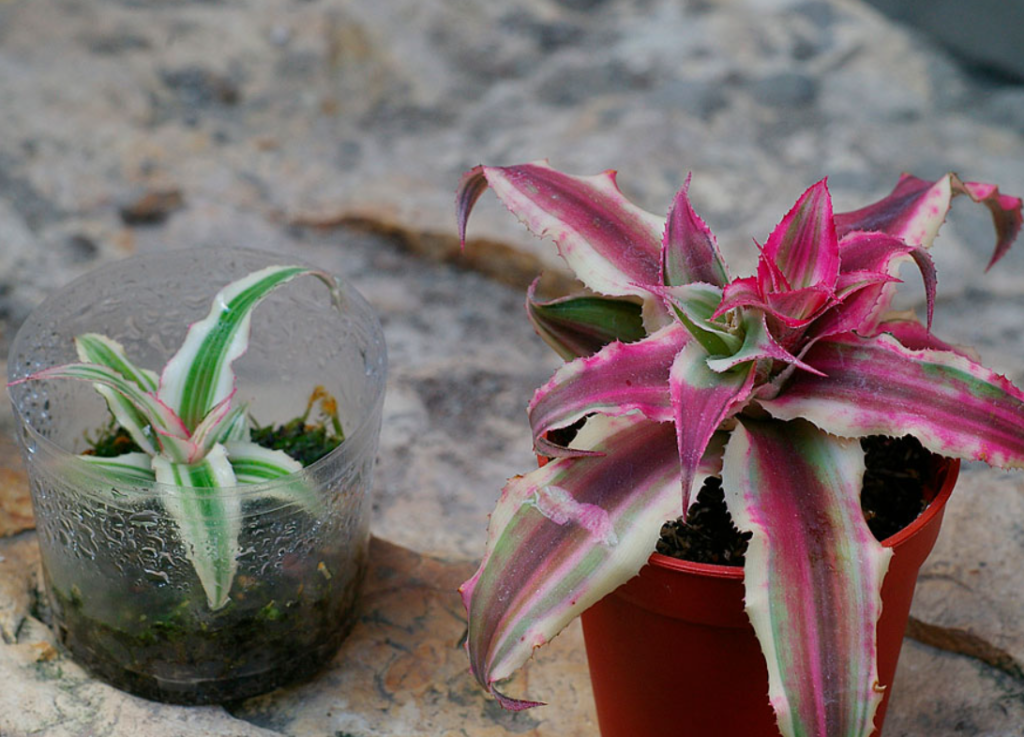
You can plant small bromeliad in containers with sphagnum moss. Flower pots with shoots should be placed in a room with an air temperature of at least 25-28°C and away from bright light. The top of the container is covered with a loose plastic bag or glass. Every day you need to open the cover of the earth star for about 15 minutes to ventilate. After the leaves begin to grow actively, the flower can be looked after as the older plants.
Reproduction by seeds
It is recommended to use only fresh seeds, plant gently in regular potting soil amended consisting of sand and peat, and keep until sprouts appear in greenhouse conditions in a room with an air temperature of at least 26°C.
Diseases and pests
With proper care, the spider plant is rarely attacked by pests, and also does not get sick.
Difficulties in growing
Problems in a plant arise only if the rules of care are violated. With excessive moisture – root rot and leaves. In the direct sun, leaves can burn. With a lack of moisture – wilting of the leaves. With low air humidity – drying of the tips of the foliage. Briwning is also very imbortant.
If you follow all the rules and care tips, then in return the cryptanthus will delight you with its unusual appearance all year round.
Types of cryptanthus with a photo
In addition to the earth star in question, you can also add flowers of a different variety to your garden. What plants will look beautiful with Cryptanthus acaulis?
Bivittatus
The length of the leaves is 7-10 cm. Not a very large leaf rosette (up to 15 cm in diameter). But although it is small, it is still very dense. There are small teeth on the edge of the sheet. The leaves are pale green, with 2 longitudinal light stripes. In this form, some varieties have scarlet leaves and light stripes. The plant has white flowers. They are very small but quite cute. Perfect for a miniature garden in a glass pot.
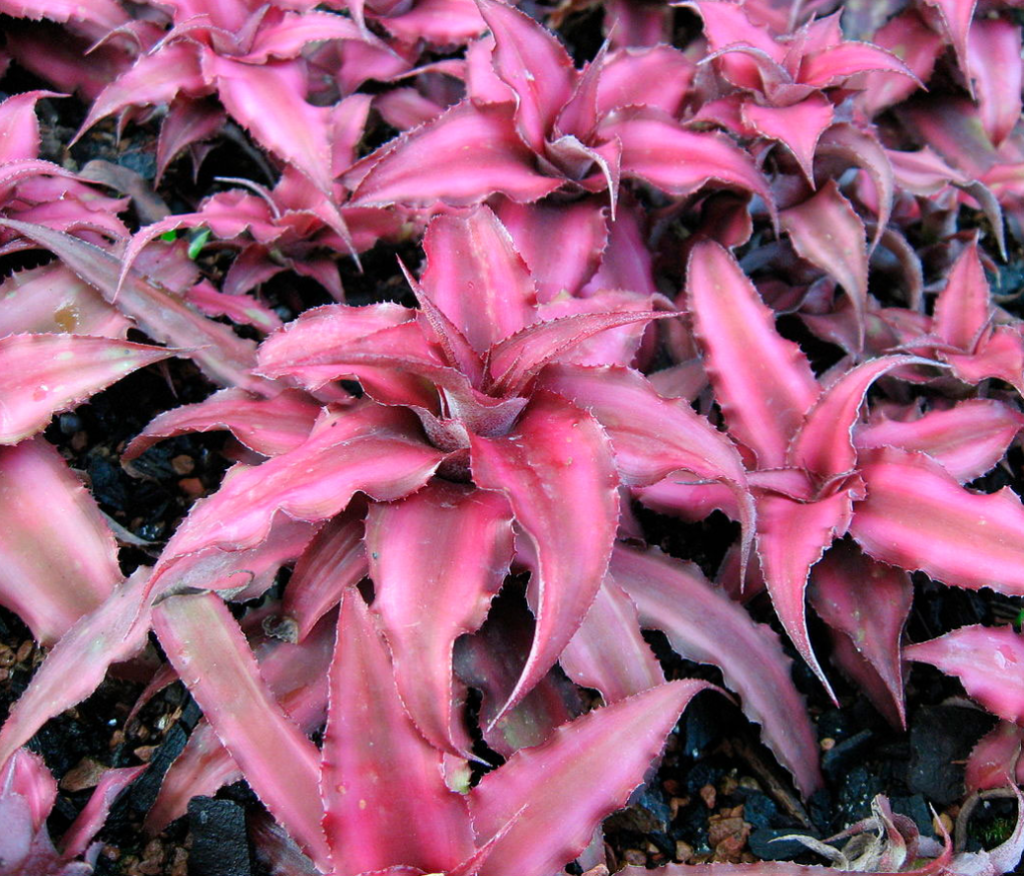
Bromeliad
Here you can see a pronounced short trunk. The brightly variegated leaves mottled can range in color from copper red to green. Their edges are serrated and wavy. Most often in flower shops, you can buy a variety of bromeliads – “Tricolor”. On the leaves of this variety, stripes of white or pink-red are evenly spaced.
Striated
Dense leaves have a bright transverse color. The color of the transverse stripes varies from white to yellow. Snow-white small flowers regularly appear on the outlet. Many similar varieties have been created from this variety, which is distinguished by a variety of leaf colors and transverse green stripes.
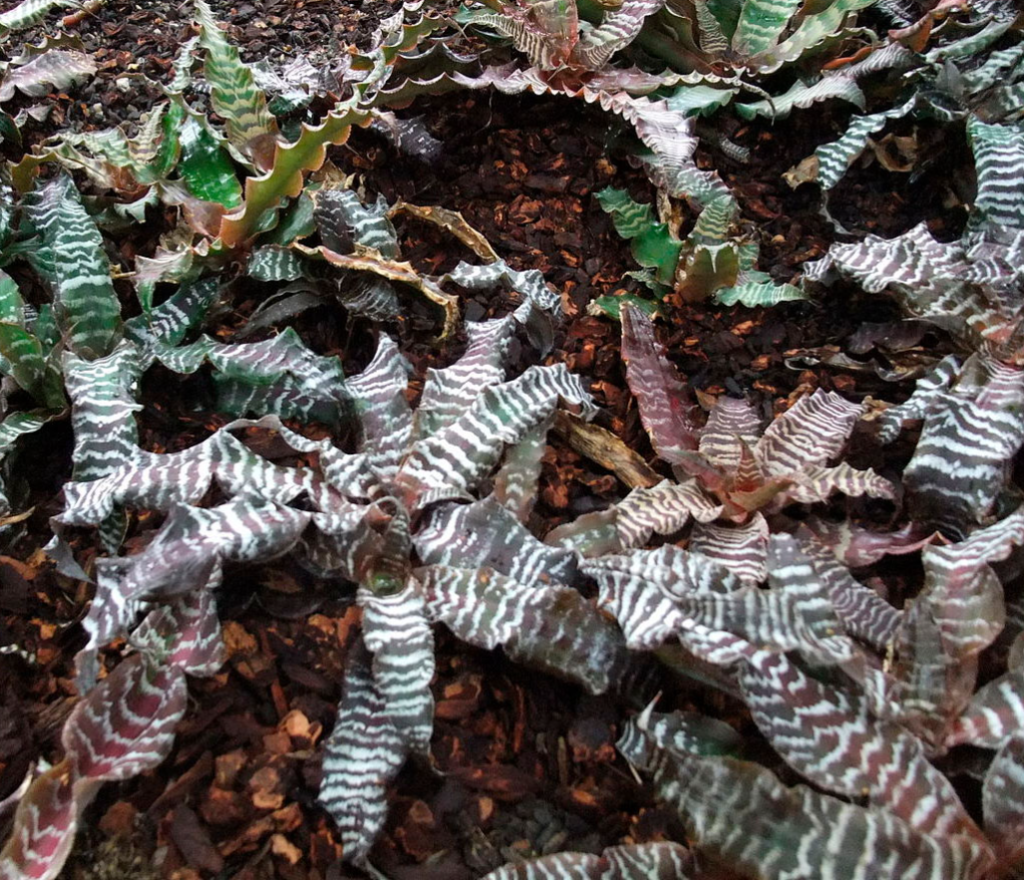
Fosterianus
It is similar to the previous species, but its leaves are twice as wide and long. At the base, they are narrowed. They have finely serrated, wavy edges. The color of the leaves resembles the shade of ripe cherries, they have zigzag stripes of a silvery shade. In shape this plant is a little bit similar with a dying zebra cactus.
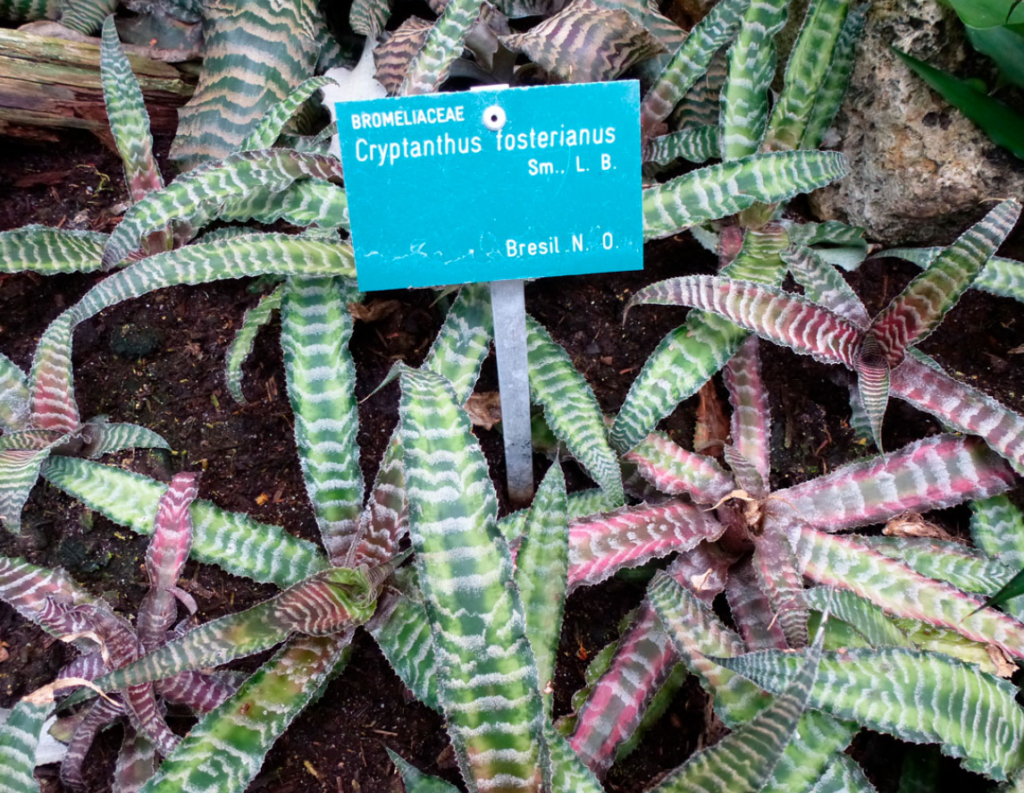
If you want to learn more about other plants, read our next article.
Do Cryptanthus need full sun?
Cryptanthus, also known as earth stars, typically prefer bright, indirect light but can tolerate some shade. They do not need full sun.
What is the best potting soil for Cryptanthus?
The best potting soil for Cryptanthus is a well-draining mixture that contains equal parts peat moss, perlite or vermiculite, and coarse sand or grit. This type of soil will provide the necessary drainage and air circulation that Cryptanthus needs to thrive. Additionally, you can add a small amount of coarse bark or leaf mold to improve the soil’s overall structure. It’s important to avoid using heavy soils or those that retain too much moisture, as this can lead to root rot.
How long does a Cryptanthus live?
The lifespan of a Cryptanthus, also known as an Earth Star, is typically around 5-7 years. However, with proper care, they can live longer.

